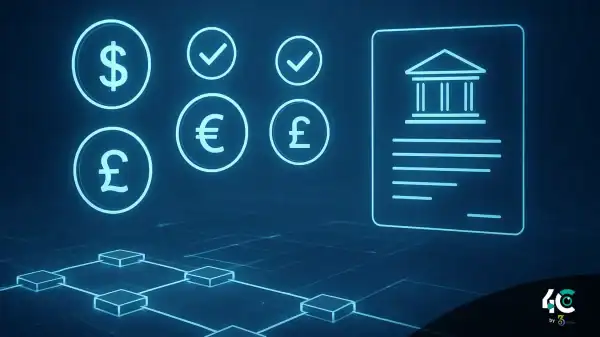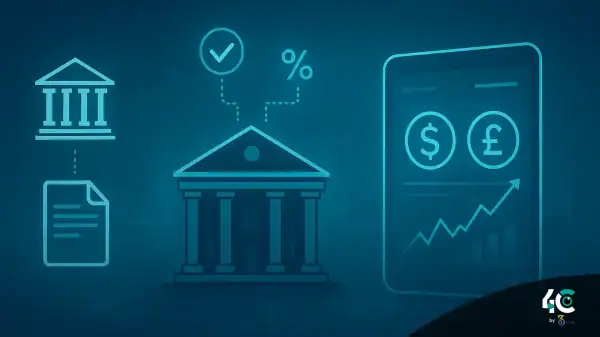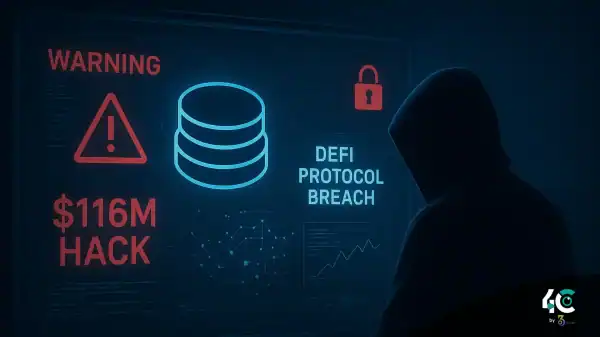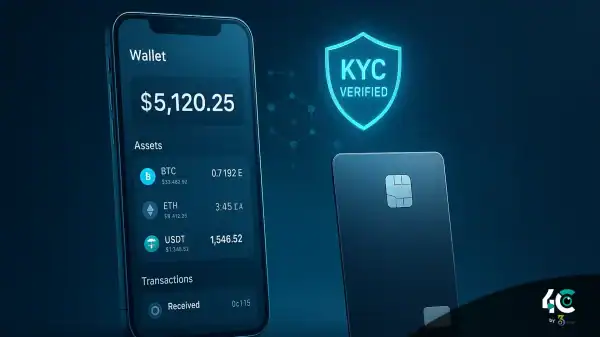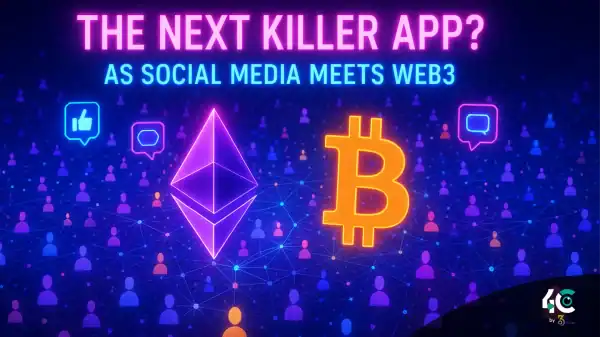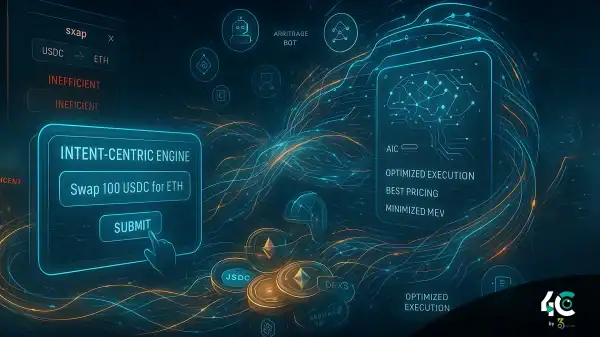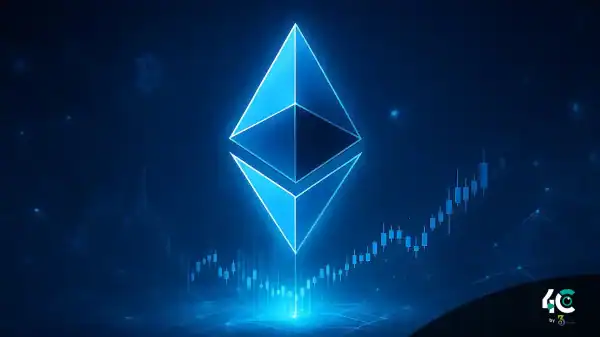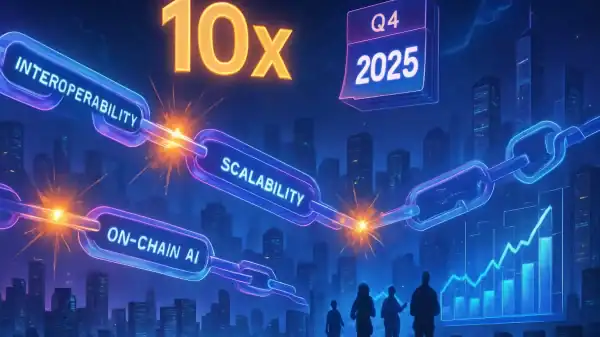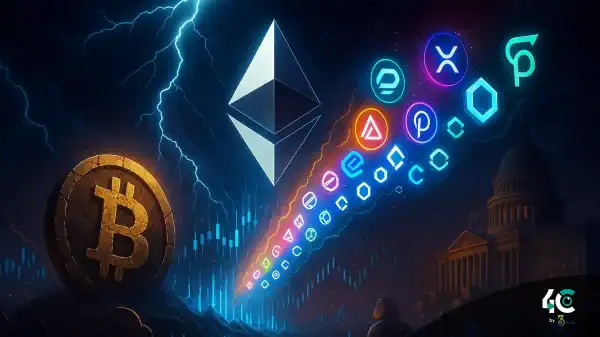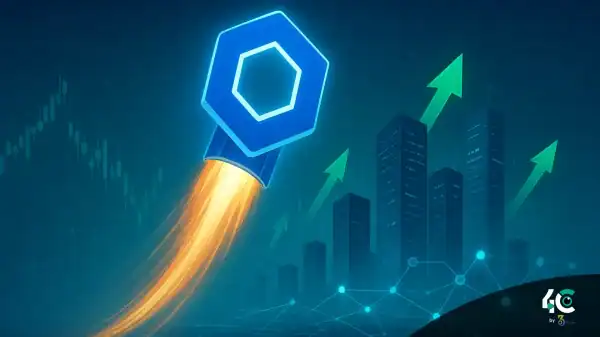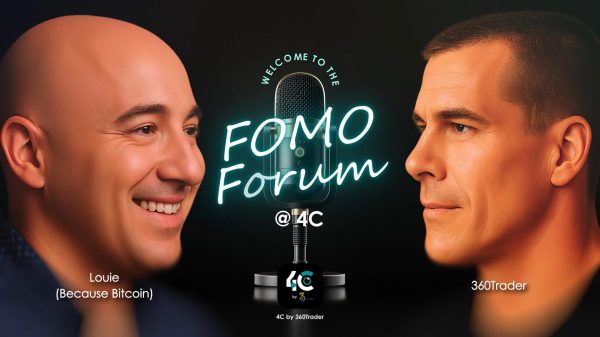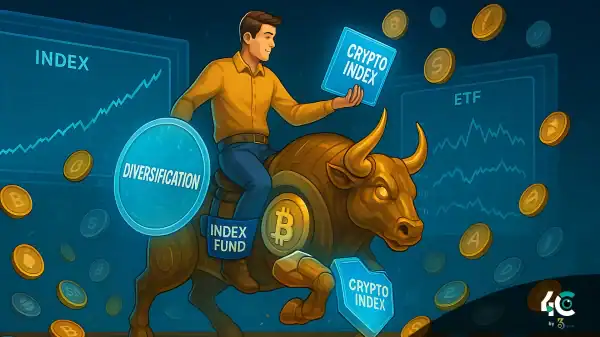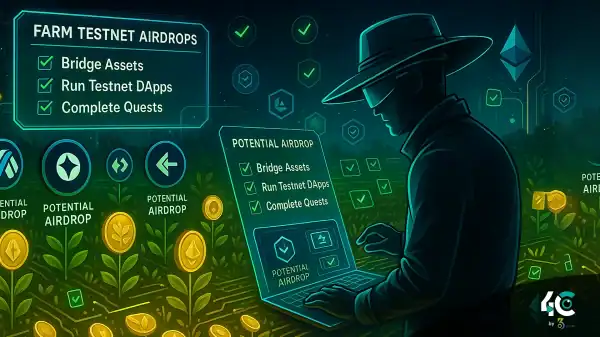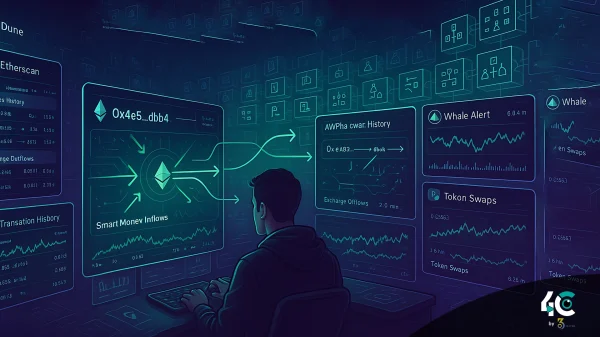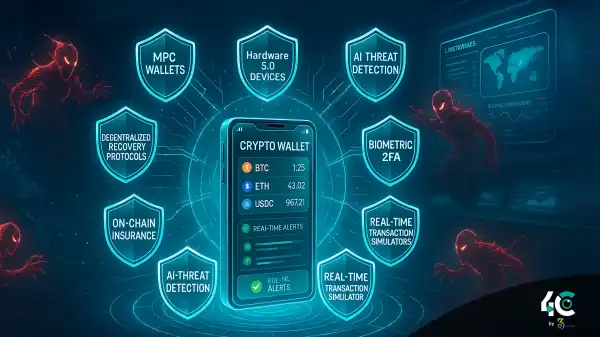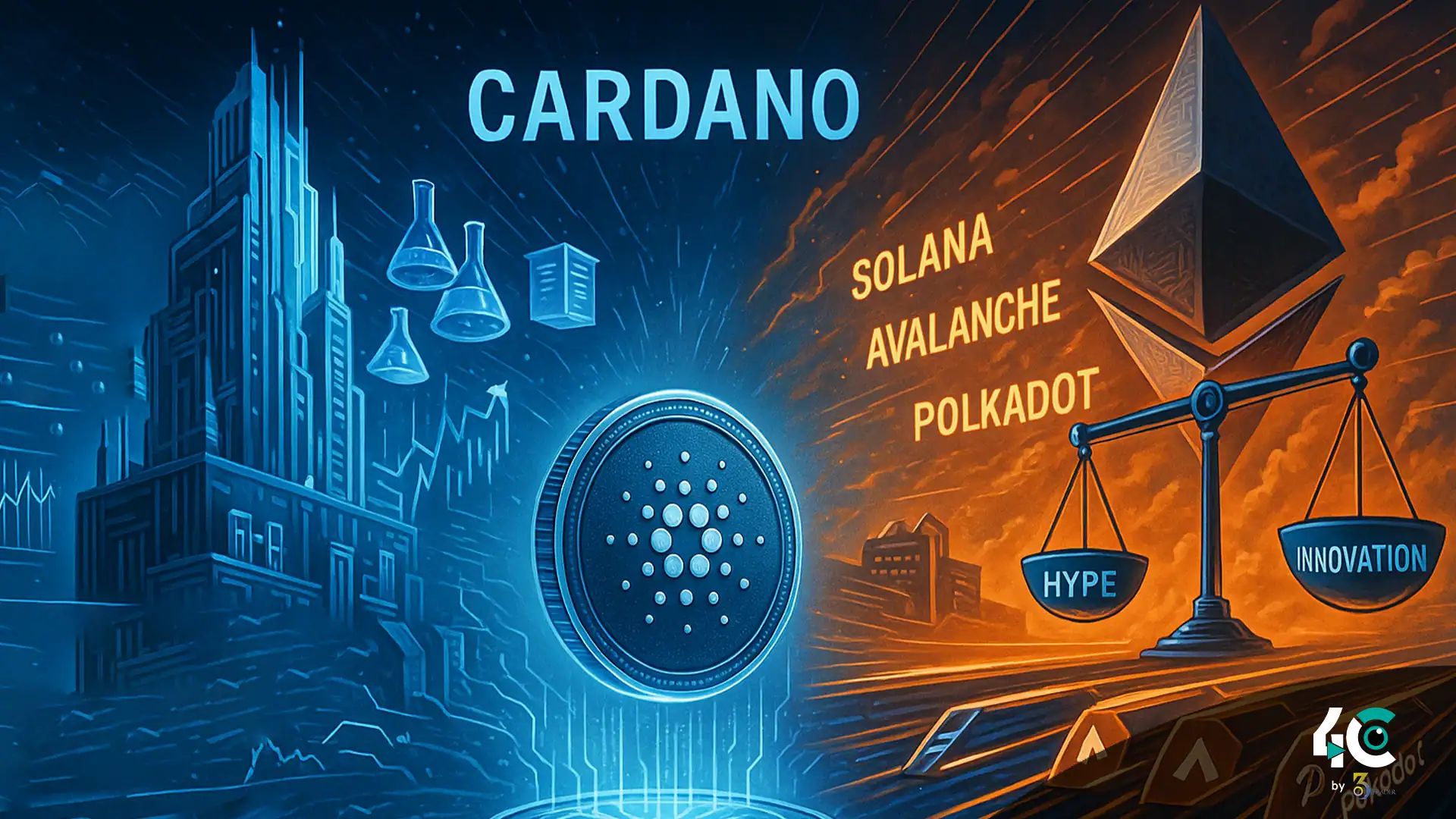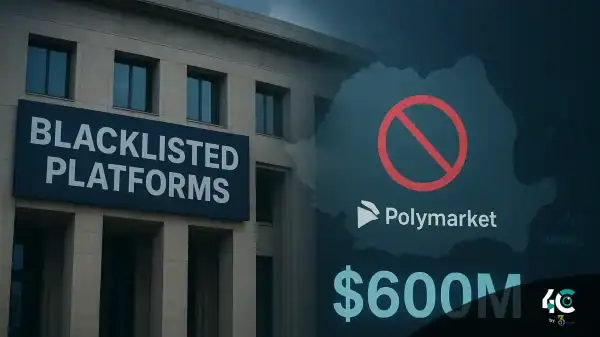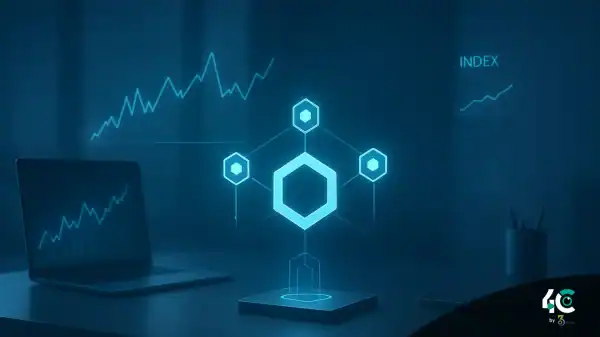The Growth of Cardano: One Step Towards Blockchain 3.0
Cardano is a third-generation blockchain founded in 2017 by Charles Hoskinson, a co-founder of Ethereum. It aims to fix the shortcomings of Bitcoin and Ethereum.
Its core principles include:
- Scalability: Achieved through PoS and multi-layer architecture.
- Interoperability: Seamless integration with legacy financial systems and blockchains.
- Treasury Model: Funded via transaction fees for ongoing development.
What Makes Cardano Strong: Its Benefits
1. Robust Technology
- Ouroboros PoS protocol reduces energy use while maintaining security.
- Base and computation layers are separated to enhance flexibility.
- Uses formal verification for secure smart contracts.
2. Global Adoption Efforts
- Atala PRISM: Targets real-world issues in Africa like digital identity.
- Ecosystem includes decentralized applications (dApps), DEXs, and NFT marketplaces.
3. Strong Community Support
- Millions of ADA holders globally.
- Active community helps fund and promote the project.
Challenges Facing Cardano
1. Slow Development Pace
- Research-first approach delayed key features like smart contracts.
- Alonzo hard fork introduced smart contracts years after Ethereum.
2. Limited Ecosystem
- Less Total Value Locked (TVL) and fewer dApps than Ethereum, Binance Smart Chain, and Solana.
3. Marketing vs. Execution
- Many partnerships yield few concrete results.
- Lower transaction volumes than top competitors.
Competitors in the Ring: Cardano vs Ethereum vs Polkadot
1. Solana ($SOL)
- Fast (up to 65,000 TPS), low fees.
- Ideal for gaming and DeFi but prone to network outages.
2. Polkadot ($DOT)
- Uses parachains for cross-chain communication.
- Focused on interoperability, though complex for non-technical users.
3. Avalanche ($AVAX)
- Subnet feature enables custom chains with near-instant finality.
- Consumes more energy compared to Cardano.
Is Cardano Giving Any Value in Real Life?
- Hydra Layer 2 promises 1,000s of TPS with low fees.
- Developer activity rising via Project Catalyst.
- Multiple government partnerships in progress.
Final Thoughts: Killer or Contender?
Is Cardano the next Ethereum killer? It’s more of a contender with a long-term plan. Its sustainability, academic rigor, and real-world adoption efforts are impressive, but execution will decide its future.
Conclusion
Cardano ($ADA) continues to be a strong blockchain candidate with its PoS protocol, sustainability efforts, and global outreach. However, delays, limited dApp ecosystem, and delivery concerns have dulled its “Ethereum killer” shine. It’s more of a unique player carving its niche. Future improvements like Hydra and ecosystem growth will determine its long-term standing in the crypto space. Investors should watch closely and invest based on fundamentals and project delivery over time.



